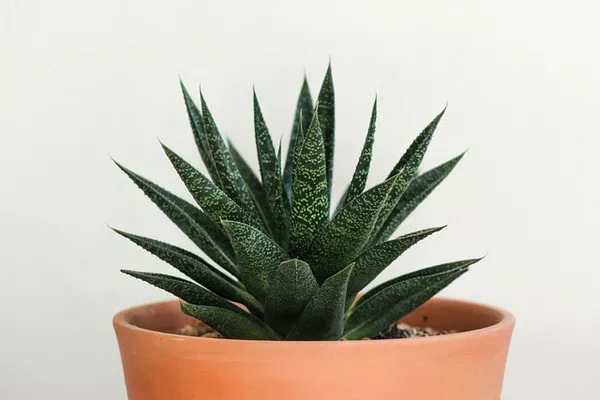Succulents have become a popular choice among plant enthusiasts due to their unique and captivating appearance, as well as their reputation for being low-maintenance. However, one common misconception about succulents is that they require minimal watering. While it’s true that succulents are more drought-tolerant than many other plants, improper watering can still lead to their demise. Understanding when and how to water succulents is essential for their health and longevity. In this guide, we will delve into the intricacies of succulent watering, helping you master this art and cultivate thriving plants.
The Watering Balance
Finding the right balance between underwatering and overwatering is crucial for succulent care. Overwatering is one of the leading causes of succulent mortality, as their roots are adapted to absorb and store water efficiently. Excess moisture can lead to root rot and other fungal diseases. On the other hand, underwatering can cause stress and hinder growth. Therefore, the key lies in striking a balance.
Observe the Soil
Observing the soil is the first step in determining when to water your succulents. Unlike many other plants, succulents prefer well-draining soil that dries out between watering sessions. Before you water, check the top inch or two of the soil using your finger. If it feels dry, it’s generally a good indication that your succulent is ready for watering.
Consider the Environment
Environmental factors play a significant role in determining the watering needs of your succulents. Factors such as humidity, temperature, and sunlight exposure directly influence the rate at which the soil dries out. Succulents in high-humidity environments may require less frequent watering, while those in dry and hot conditions might need more attention. Always adapt your watering routine to the specific conditions your succulents are experiencing.
Seasonal Adjustments
Succulents, like all plants, have natural growth cycles that influence their water requirements. During the growing season, typically spring and summer, succulents are more active and will require more water. However, as the days get shorter and temperatures drop in the fall and winter, their growth slows down, necessitating less frequent watering. Always adjust your watering schedule to align with the changing seasons.
Watering Techniques
The technique you use to water your succulents can also impact their overall health. Here are a few methods to consider:
Soak and Dry: This method involves thoroughly watering the soil until water drains out from the bottom of the pot. Allow the soil to dry completely before the next watering, usually every 1-2 weeks, depending on environmental conditions.
Bottom Watering: Placing your potted succulent in a shallow container filled with water and allowing the soil to absorb moisture from the bottom can help prevent overwatering. However, this method may not be as effective in ensuring even moisture distribution.
Misting: Misting your succulents can be beneficial, especially in dry environments. However, misting should not replace regular watering, as it provides only surface moisture and does not penetrate the soil deeply.
Watch for Signs of Thirst
Succulents communicate their water needs through visible signs. Learning to read these signs will help you know when your succulents require attention:
Wrinkled or Shriveled Leaves: When succulents lack sufficient water, their leaves may appear wrinkled or deflated. This is a clear indicator that your plant is thirsty.
Color Changes: Some succulents show subtle color changes when they are stressed due to lack of water. Leaves might appear duller or less vibrant than usual.
Leaf Drop: If your succulent is shedding leaves, it’s often a sign of stress, which can result from both underwatering and overwatering. Understanding the context and considering other signs will help you diagnose the issue accurately.
Pot and Soil Considerations
The choice of pot and soil mix can significantly influence succulent watering. Opt for pots with drainage holes to allow excess water to escape and prevent waterlogged soil. Well-draining soil is crucial; consider mixing cactus or succulent potting mix with perlite or coarse sand to improve drainage.
Morning Watering
Watering your succulents in the morning is generally recommended. This timing allows the plants to absorb moisture throughout the day and ensures that any excess water on the leaves has a chance to evaporate, reducing the risk of fungal infections.
Conclusion
Caring for succulents is a rewarding experience that requires an understanding of their unique watering needs. By observing the soil, considering environmental factors, adjusting for seasons, and paying attention to signs of thirst, you can master the art of succulent watering. Remember that each succulent is unique, so it may take some time to fine-tune your watering routine for each individual plant. With patience and practice, you’ll be able to maintain a collection of healthy and vibrant succulents that thrive for years to come.


